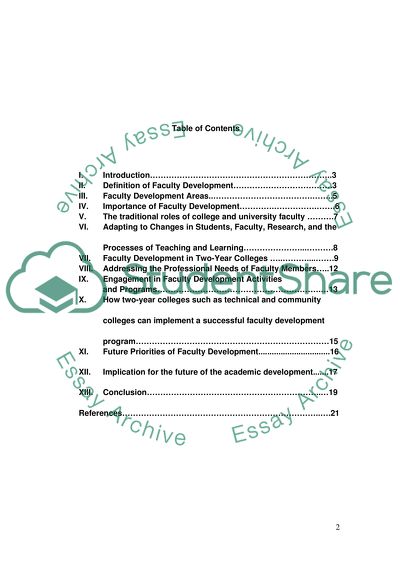Cite this document
(“Significance of Community College Faculty Development Programs Research Paper”, n.d.)
Retrieved from https://studentshare.org/education/1395861-significance-of-community-college-faculty-development-programs
Retrieved from https://studentshare.org/education/1395861-significance-of-community-college-faculty-development-programs
(Significance of Community College Faculty Development Programs Research Paper)
https://studentshare.org/education/1395861-significance-of-community-college-faculty-development-programs.
https://studentshare.org/education/1395861-significance-of-community-college-faculty-development-programs.
“Significance of Community College Faculty Development Programs Research Paper”, n.d. https://studentshare.org/education/1395861-significance-of-community-college-faculty-development-programs.


